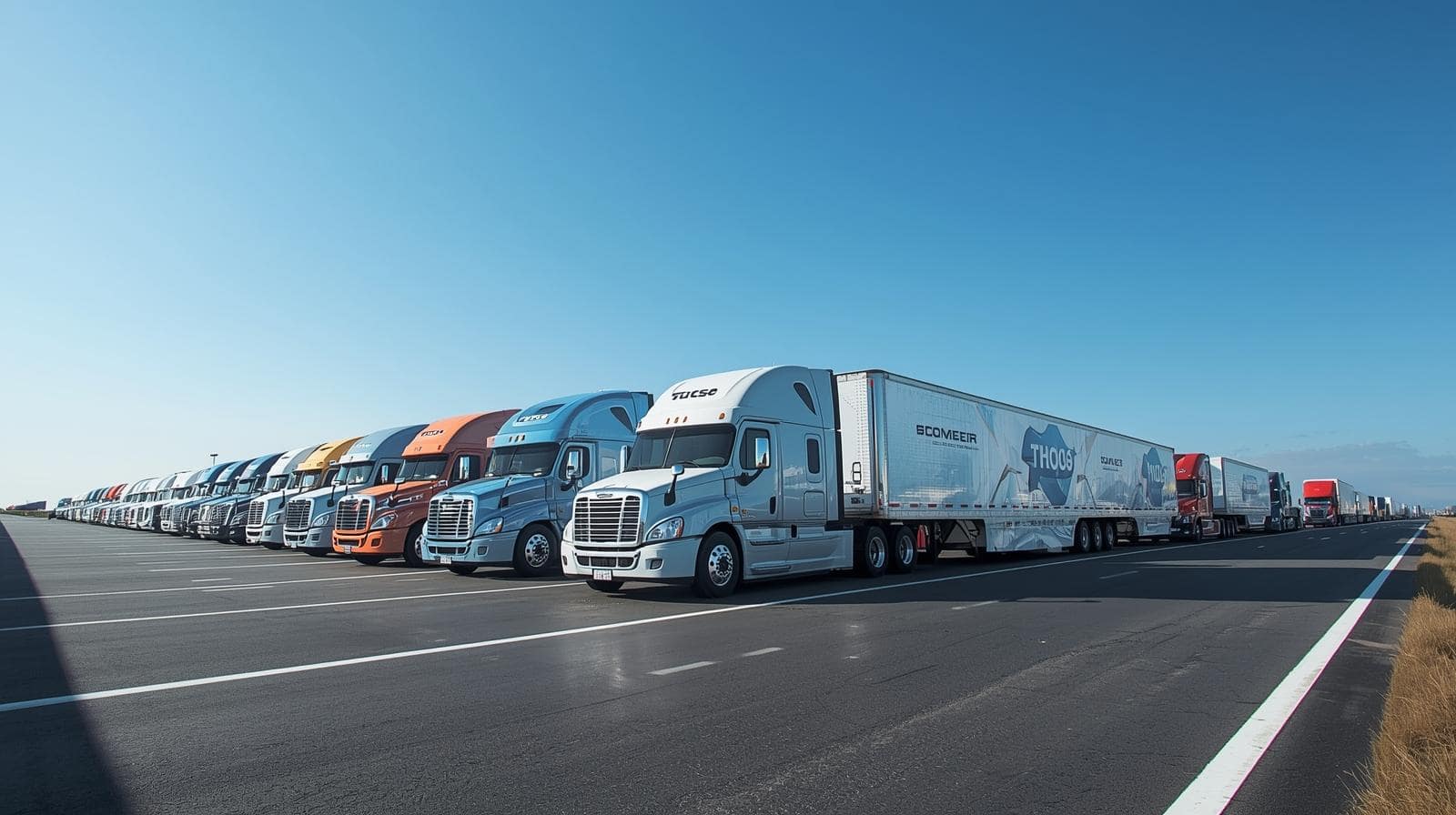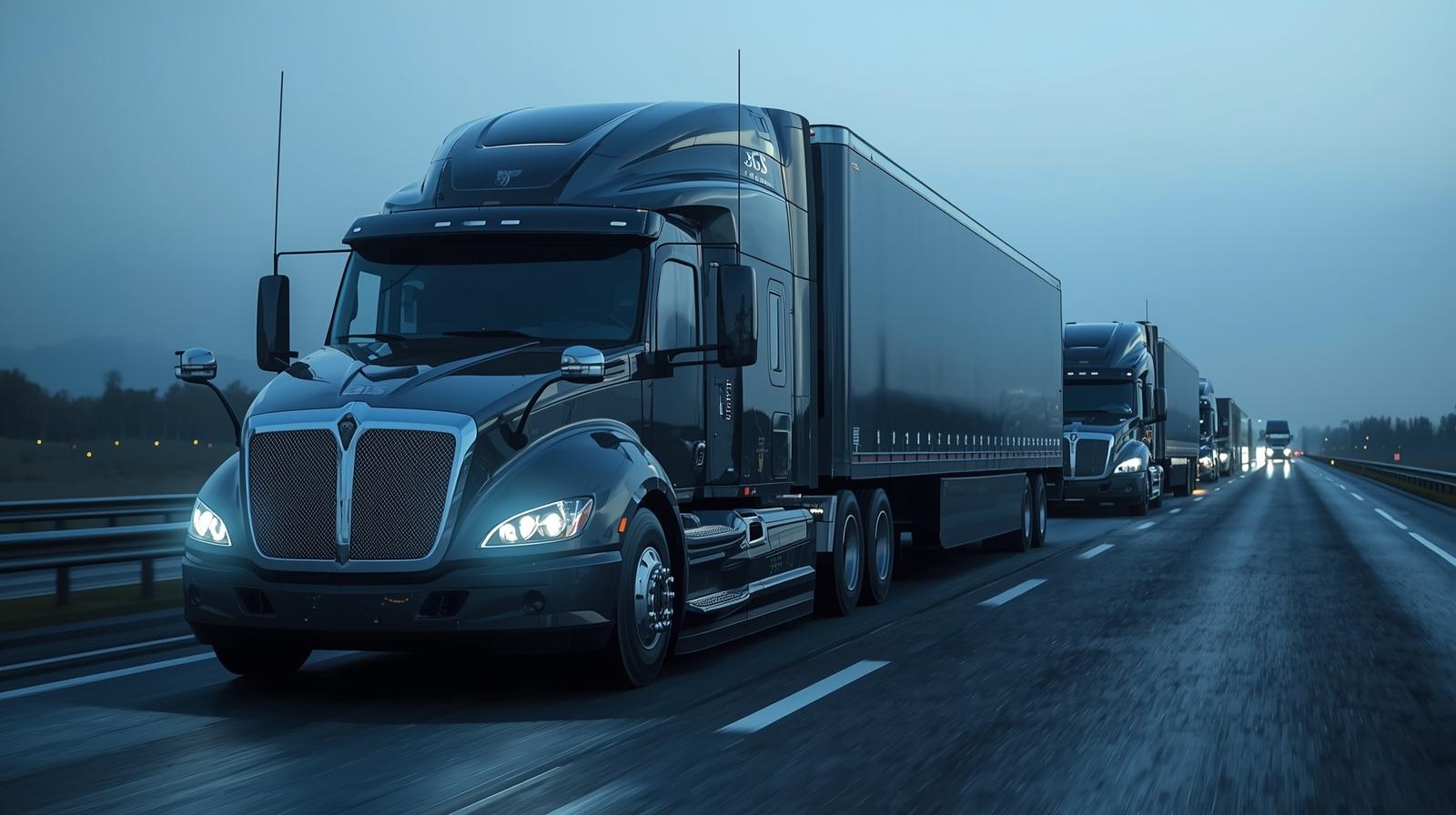Contents
Electronic Logging Devices have grown far beyond simple digital logs — they’ve become intelligent partners on the road. Self-healing ELD systems represent a new standard in fleet technology — combining automation, artificial intelligence, and cloud computing to deliver reliability that never quits. These systems detect issues instantly, correct them automatically, and keep fleets compliant without drivers lifting a finger.
Cloud Intelligence That Works Without Rest
Cloud-based ELD systems act like a digital mechanic — always alert, always monitoring. They oversee every signal flowing through the fleet — GPS locations, engine diagnostics, log synchronization, and network performance — across hundreds or even thousands of trucks. When a problem occurs, such as a failed upload or a lost connection, the system doesn’t wait for human help. It instantly corrects itself, restoring data integrity or rerouting communication through another channel to keep everything running smoothly.
This automation turns downtime into a rare event. Drivers keep rolling, dispatchers stay informed, and the system learns from every fix. The cloud becomes a shared intelligence hub, storing millions of data points and applying instant remedies whenever a similar glitch reappears.
AI That Predicts and Prevents Problems
Artificial intelligence gives ELDs their predictive edge — turning raw data into foresight. Instead of reacting to breakdowns, AI models detect warning signs early — delayed GPS updates, lagging telematics data, or unusual sensor readings. Once spotted, the system launches automated scripts to correct the anomaly before it grows into a failure.
This continuous learning loop keeps logs accurate and fleets compliant under any conditions. If a truck loses connectivity in the mountains, the device stores all data locally and uploads it to the cloud once service returns. The process is silent, instant, and transparent to the driver — compliance never breaks.
Technology Architecture That Heals Itself
Modern ELDs rely on modular, cloud-native infrastructure — where each process operates independently inside containerized environments. If one component malfunctions, others immediately take over.
Technologies like Kubernetes orchestration, serverless functions, and real-time observability dashboards form the backbone of this resilience. They continuously monitor performance metrics and restart failing modules automatically. The system behaves like a convoy — when one truck slows down, another pulls forward to keep the flow uninterrupted.
This architecture guarantees consistency — no frozen screens, no data loss, no unexplained restarts. The ELD heals itself faster than any human could troubleshoot it.
Tangible Benefits for Fleet Operators
Fleet owners don’t need to read code to see the value — they see it on the road.
- Uptime above 99% — trucks stay connected even during network instability.
- Automatic compliance — logs and reports remain accurate and tamper-proof.
- Lower costs — fewer service calls and reduced hardware wear.
- Happier drivers — no waiting, no frustration, no manual resets.
- Faster operations — every automatic fix keeps deliveries on time.
Every Second Saved Compounds
Every second saved compounds – across the fleet, across the week, across the bottom line.
What looks like a few seconds shaved from a task becomes hours reclaimed – routes completed faster, teams finishing earlier, customers served sooner.
Efficiency isn’t a one-time win – it’s a habit that compounds. Each small improvement – a quicker check-in, a smarter dispatch, a smoother workflow – adds up to meaningful change.
Seconds become minutes – minutes become hours – hours become savings. Costs fall, satisfaction rises, and momentum builds.
That’s the quiet power of operational excellence – small gains multiplied until they redefine performance. Because every second saved isn’t just time – it’s opportunity.
Real-World Scenarios That Prove the Value
Picture a driver crossing Nevada when cellular coverage drops. The ELD logs engine hours and miles locally, then syncs everything once the connection returns — perfectly aligned with FMCSA standards. No lost data, no violations, no stress.
Or imagine a firmware update failing mid-route. The system detects the issue, reverts to the last stable version, and reloads critical modules in seconds. The driver never even notices — the fix happens silently, while the truck keeps moving.
Each of these examples shows how self-healing transforms potential crises into invisible course corrections.
Shaping the Future of Fleet Management
Self-healing ELDs are laying the foundation for autonomous fleet maintenance — a future where trucks communicate, learn, and repair themselves collectively. Each diagnostic event adds knowledge to the network, creating a self-improving ecosystem.
As AI becomes more refined, ELDs will predict hardware wear, optimize data routing, and coordinate maintenance schedules before human planners even act. The result is a fleet that evolves like a living system — constantly adapting, never stagnant, always improving.
Fleets that adopt this technology early gain more than uptime — they gain resilience, efficiency, and a powerful competitive edge.
Self-healing ELD systems are more than a technical innovation — they’re a shift in how fleets think about reliability. By merging AI precision with cloud intelligence, they turn troubleshooting into an autonomous process. The outcome is simple — more miles covered, fewer delays, and technology that takes care of itself so drivers can focus on the road ahead.
FAQ
1. What exactly does a self-healing ELD system do?
A self-healing ELD system automatically detects, diagnoses, and repairs common software or connectivity issues. It restarts failed processes, re-syncs data, and restores functionality without driver input or technical support.
2. How does the cloud make ELD systems more reliable?
Cloud-based ELDs continuously communicate with centralized servers that monitor performance across all vehicles. This setup enables real-time troubleshooting, data backups, and instant updates — ensuring the system stays stable no matter where the truck is.
3. Can a self-healing ELD work without an internet connection?
Yes — during connectivity loss, the device stores data locally. Once the signal returns, it automatically uploads the information to the cloud. This guarantees full FMCSA compliance even in remote areas with poor coverage.
4. Does self-healing technology replace IT support completely?
Not entirely. It handles most routine issues automatically, reducing the workload for technicians. However, complex hardware or network problems may still require manual intervention.
5. Are self-healing ELDs compliant with FMCSA regulations?
Absolutely. The technology is designed to maintain accurate logs and timestamp integrity. Automated data correction helps ensure continuous compliance with all FMCSA and DOT standards.
6. How does AI help in automatic troubleshooting?
AI analyzes patterns in telematics data, identifying irregularities like slow responses or repeated errors. It uses predictive logic to trigger automated fixes before the driver even notices a problem.
7. Why should fleet owners switch to self-healing ELDs?
They save time, reduce maintenance costs, and eliminate downtime. Fleet managers gain peace of mind knowing their ELD network can handle problems instantly — keeping trucks on the road and operations running smoothly.










